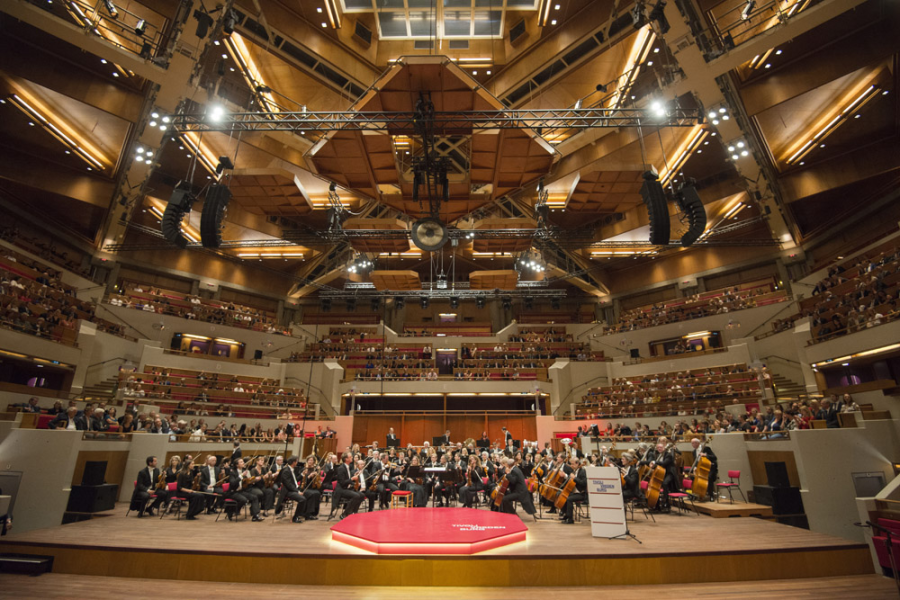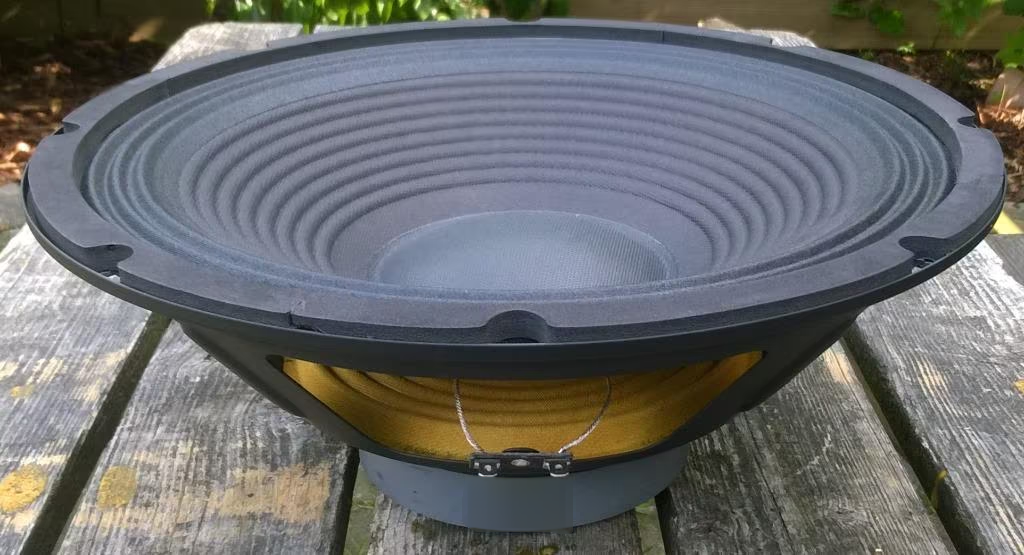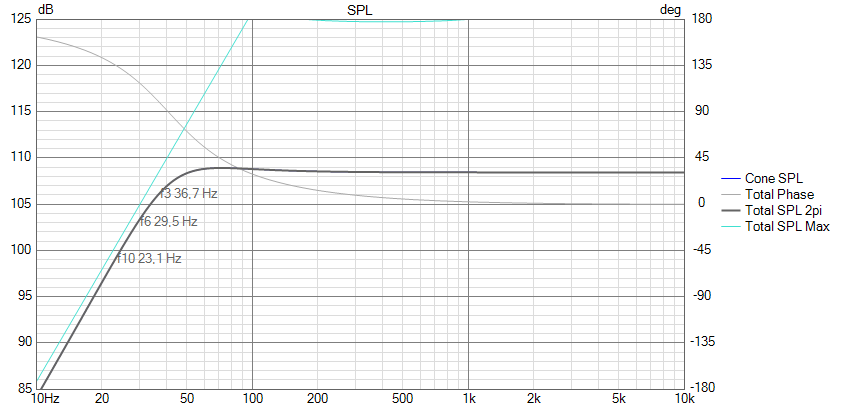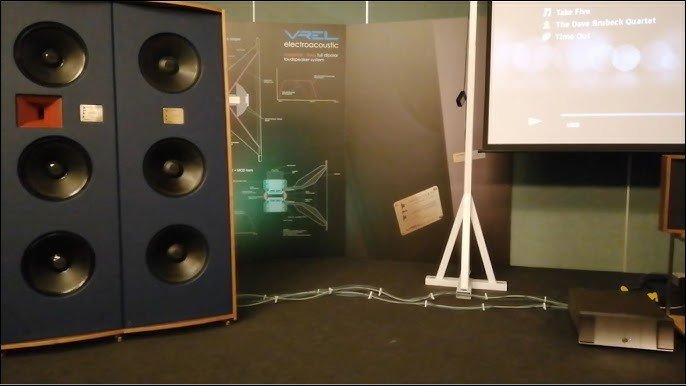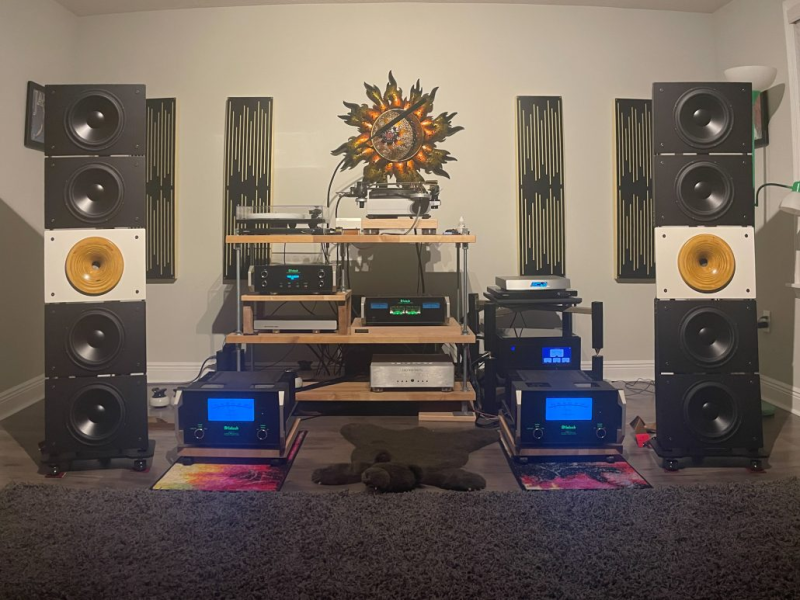In light of this thread one may wonder/consider what it takes to 'reproduce a large-scale orchestra in a(n average) listening room', not only in terms of technology, but especially regarding the space to handle the dynamics and output levels—a symphony orchestra operates at around 110 dB.
The ECD SX is the only audio source component that, to my knowledge, approaches the universal concept of 'the path of least resistance', which requires atypical/unusual considerations upstream.
It took several months of reading and studying to better understand the (design) philosophy of the Brown brothers.
There's quite a bit of trash, trolling, and ego-driven bickering in the TDA1541 thread on diyaudio, but discerning readers will appreciate the value of John's contributions. He knew his objectives and was aware of the limitations (inherent to technology) before he and his brother embarked on a path that ultimately led to the SX.
The modified Teufels are pretty good considering their low price, but inherently limited.
The SX is most efficient when paired with speakers rated between 2 and 4 ohms, but higher values should be fine as long as the sensitivity is > 90 dB.
John is, of course, right in his preference for simple first-order crossover topologies, which require decent quality, broadband drivers that are usually (but not necessarily) more expensive.
While studying the SX, several concepts came to mind, including an Audio Note/Devore/Snell-inspired 2-way.
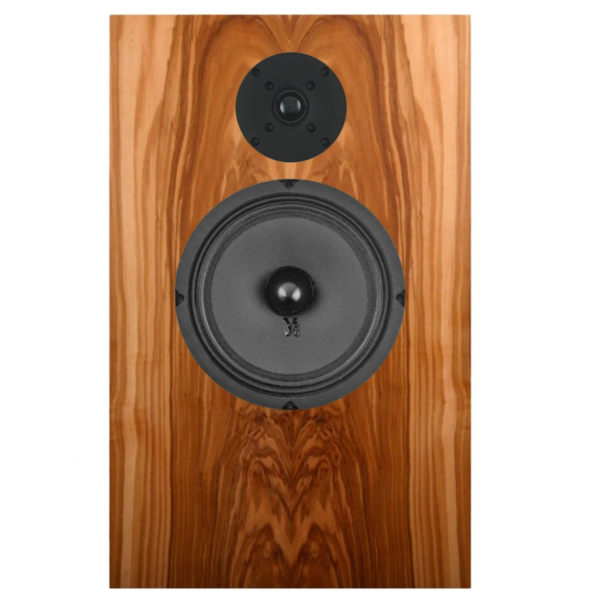
Sensitivity: 92-93 dB
Impedance (based on DC resistance): 6.0 Ω
Crossover frequency (6dB/octave): 2000–2500 Hz
Frequency response (depending on enclosure size and port tuning): 40/45–20,000 Hz.







